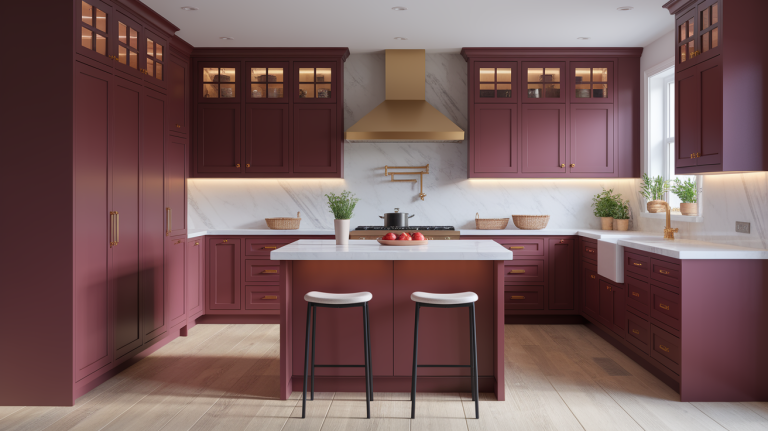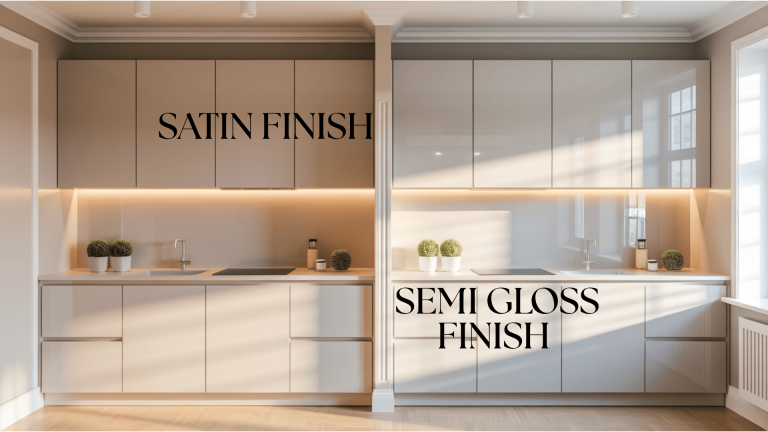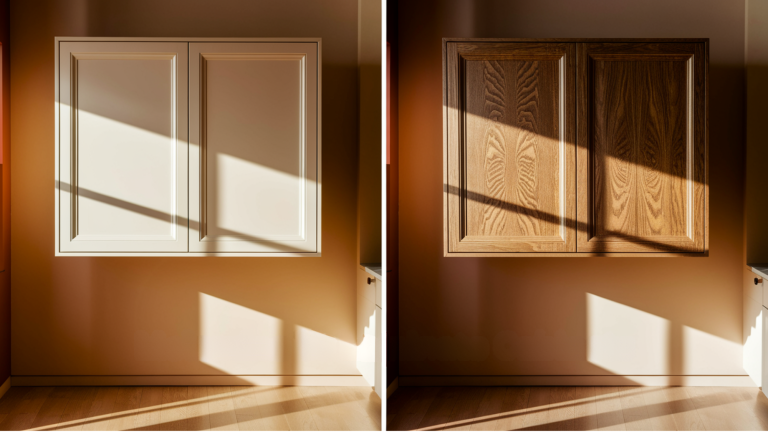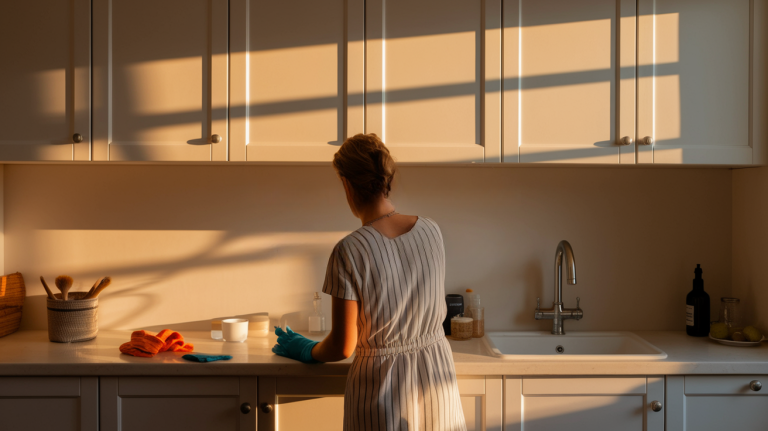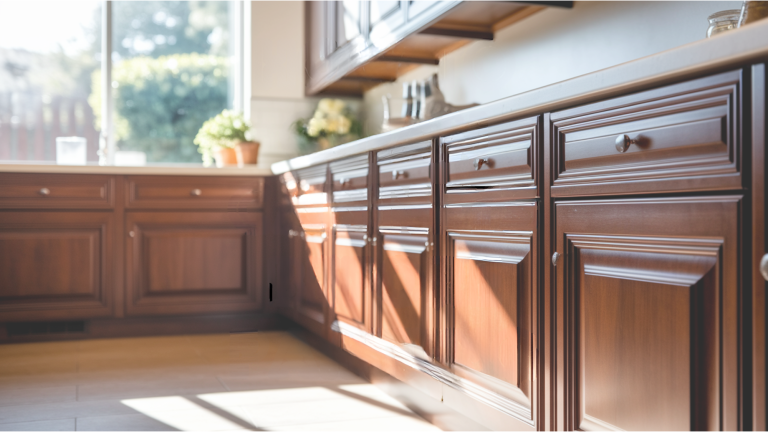Best Cheapest Wood for Cabinets
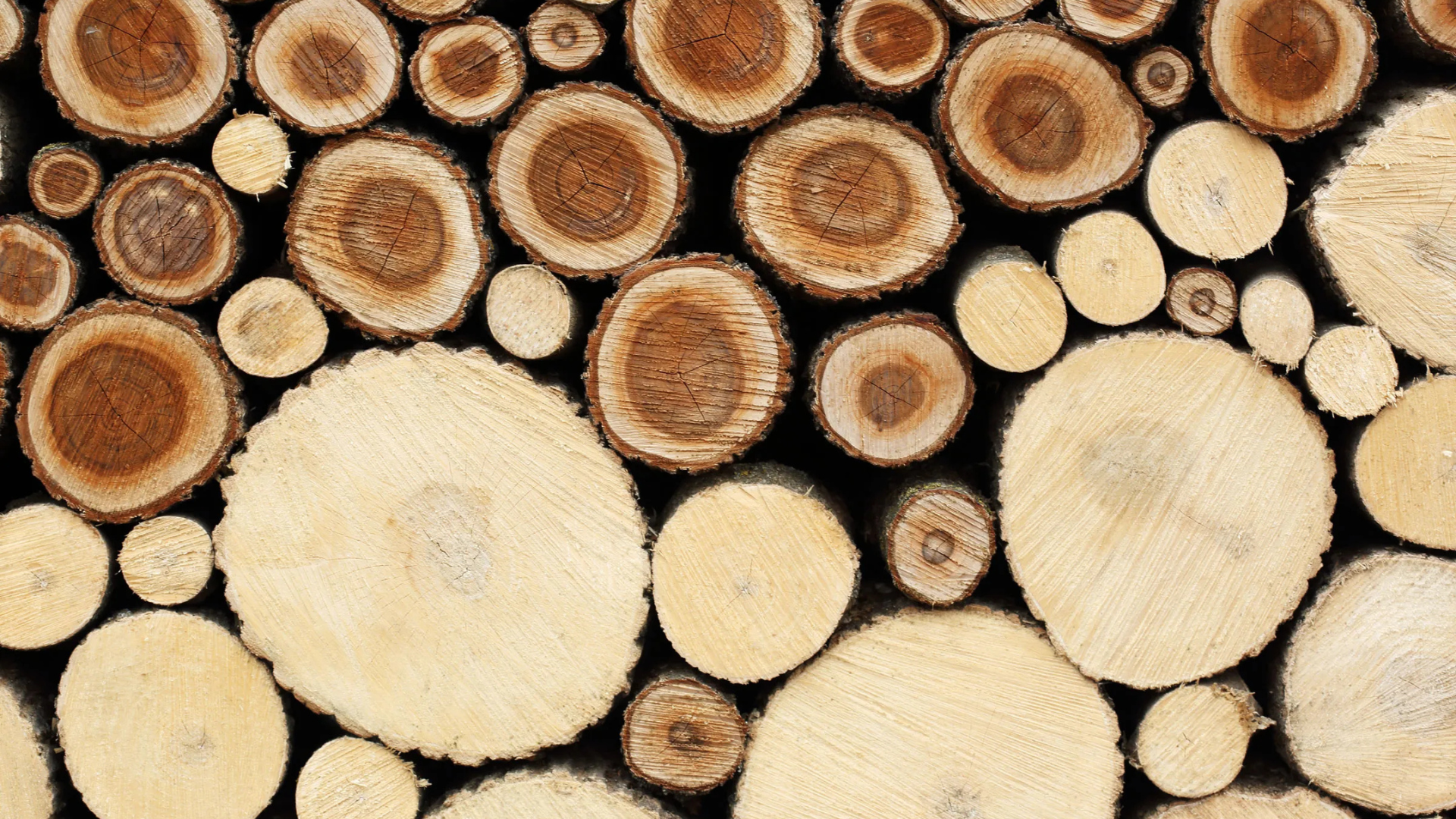
Selecting the right wood for cabinet construction involves balancing cost considerations with quality and appearance.
Budget-conscious homeowners and builders often seek economical options without sacrificing durability and aesthetic appeal.
The cabinet market offers several affordable wood varieties that provide excellent value while maintaining adequate performance for kitchen and bathroom applications.
From pine and plywood to MDF and particleboard, each material presents distinct advantages and limitations worth considering before making a purchase decision.
Understanding these economic alternatives helps create beautiful, functional cabinetry without excessive expense.
What Makes a Wood Affordable
Wood affordability depends on several key factors that impact market pricing. Understanding these elements helps buyers identify truly economical options that match both budget constraints and project requirements.
The following factors determine whether a particular wood type falls into the affordable category for cabinet construction:
- Abundance and Availability: Common woods that grow quickly and are widely available typically cost less due to a steady supply.
- Growth Rate: Fast-growing tree species produce more timber in shorter time frames, reducing overall production costs.
- Processing Difficulty: Woods requiring less complex milling, drying, or finishing processes demand fewer labor hours and resources.
- Quality Grade: Lower-grade woods with minor imperfections or color variations sell at reduced prices while remaining functional.
- Geographic Origin: Locally sourced woods eliminate expensive shipping costs and import tariffs from distant locations.
- Manufacturing Requirements: Woods that can be efficiently processed into engineered products like plywood or MDF offer cost advantages.
Cheapest Wood for Cabinets
Several affordable wood options exist for cabinet construction, each with distinct characteristics suitable for different needs and preferences.
These budget-friendly materials offer various benefits while keeping costs manageable for homeowners and builders:
1. Pine Wood
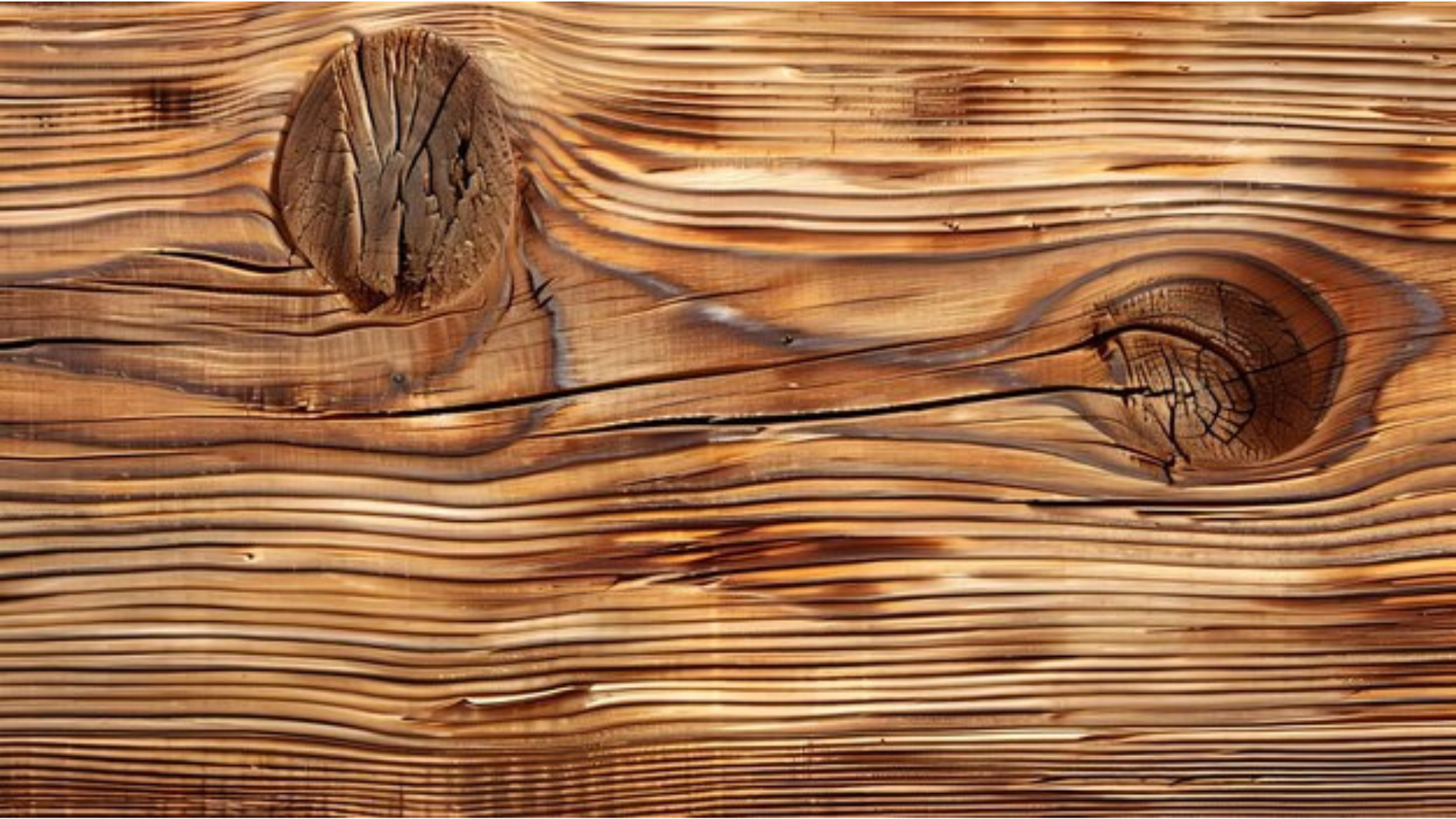
Pine is a lightweight, pale yellow softwood widely used for budget cabinetry. Its rustic appearance with visible knots works well in country or casual kitchen styles.
Features of Pine
- Light yellowish color with distinctive knots and grain patterns
- Softwood that’s easy to cut, shape, and sand
- Takes stain well but may absorb unevenly
- Commonly available in most lumber yards and home centers
| Pros | Cons | Approximate Budget |
|---|---|---|
|
Very affordable |
Dents and scratches easily | $1-$4 per board foot |
|
Attractive natural appearance |
Less durable than hardwoods | |
|
Easy to work with |
May warp over time | |
|
Sustainable and renewable |
Requires proper sealing |
2. Plywood
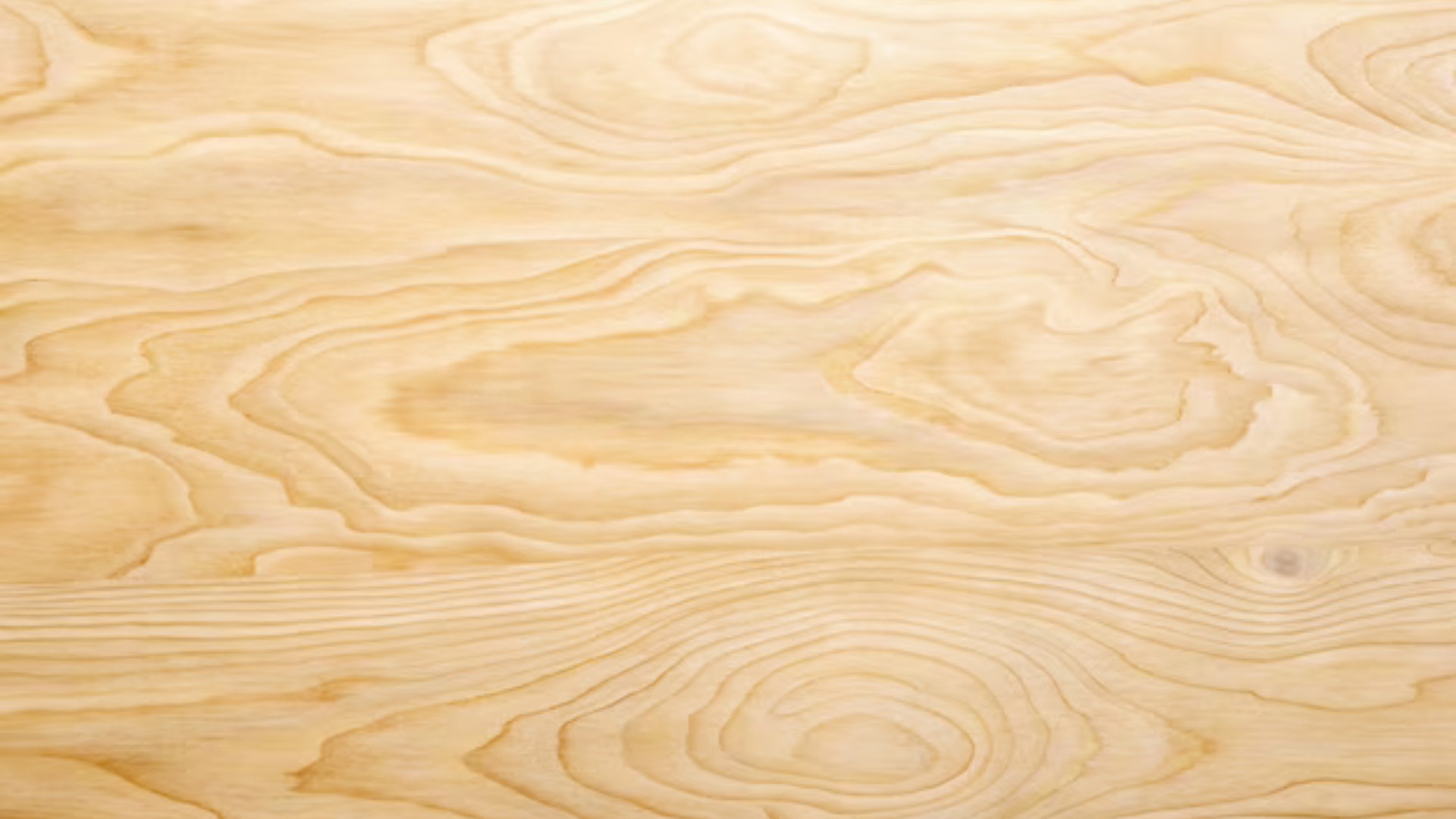
Plywood offers an excellent strength-to-weight ratio and dimensional stability. This engineered product consists of thin wood layers bonded together, making it versatile for cabinet boxes and shelving.
Features of Plywood
- Engineered wood product with multiple thin layers
- Available in various wood veneers for different looks
- Comes in different grades, affecting price and appearance
- Resistant to cracking and warping due to cross-grain construction
| Pros | Cons | Approximate Budget |
|---|---|---|
|
Highly stable and strong |
Exposed edges need banding | $30-$50 per 4×8 sheet |
|
Resistant to moisture damage |
Top veneer can chip or peel | |
|
Large sheet format reduces seams |
Lower grades have surface imperfections | |
|
Lightweight compared to solid wood |
Less character than solid wood |
3. MDF (Medium Density Fiberboard)
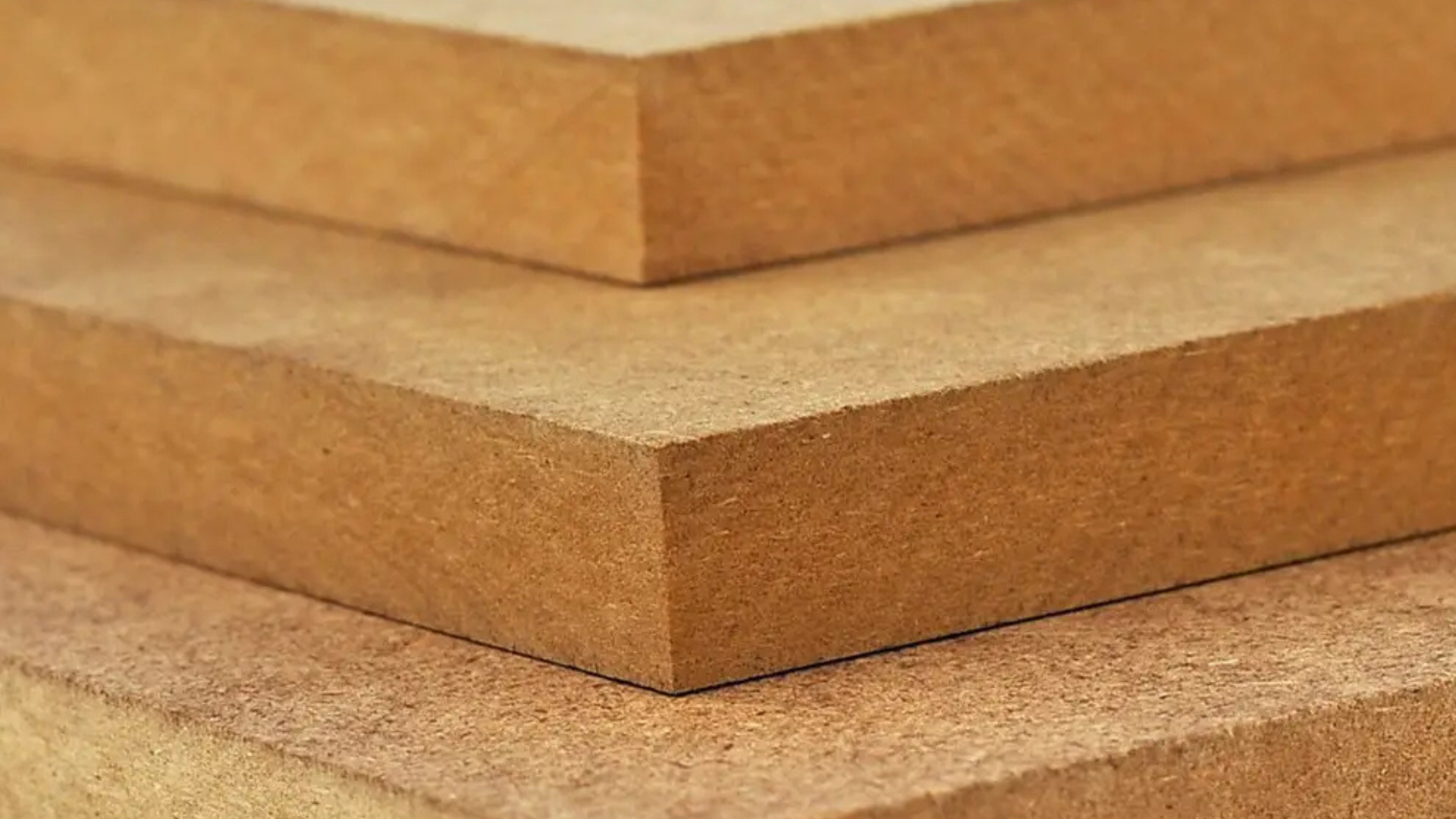
MDF provides exceptional uniformity and smoothness, making it ideal for painted cabinets. This engineered material performs well in temperature-controlled indoor environments where moisture exposure is limited.
Features of MDF
- Consistent density throughout with no grain pattern
- Smooth surface is ideal for painting
- Made from compressed wood fibers and resin
- Uniform composition with no knots or voids
| Pros | Cons | Approximate Budget |
|---|---|---|
|
Very smooth, paintable surface |
Heavier than solid wood | $25-$40 per 4×8 sheet |
|
No expansion/contraction issues |
Doesn’t tolerate moisture well | |
|
Cuts cleanly without splintering |
Screws may strip if overtightened | |
|
Less expensive than hardwood |
Cannot be stained effectively |
4. Particleboard
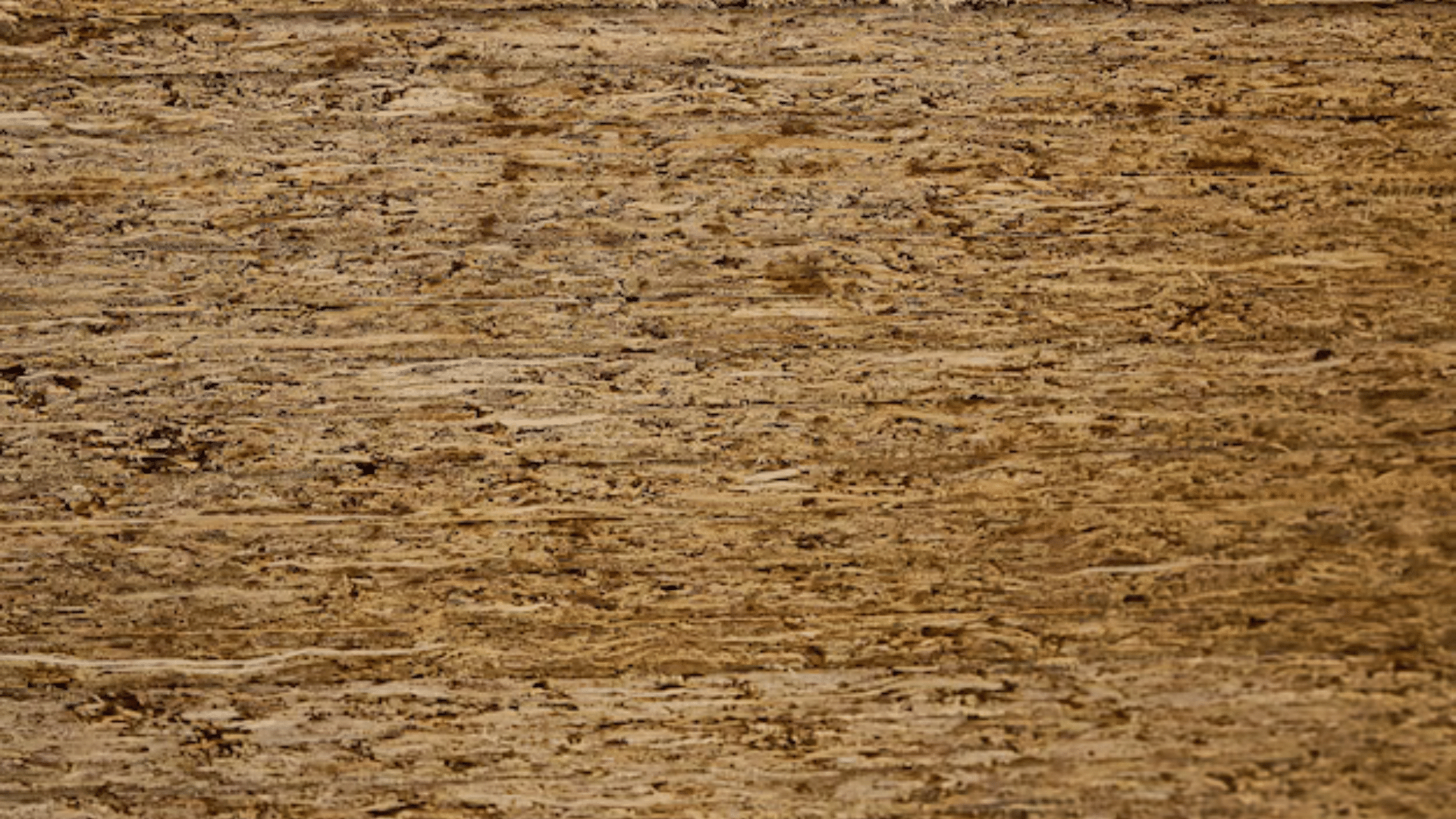
Particleboard serves as the most economical cabinet material for budget projects. Often used as a substrate for laminate or veneer, it works best in dry locations and non-structural applications.
Features of Particleboard
- Composed of wood chips, sawdust, and resin
- Consistent composition throughout
- Available in large sheets with uniform thickness
- Often used for cabinet boxes and shelving
| Pros | Cons | Approximate Budget |
|---|---|---|
|
Among the most affordable options |
Poor moisture resistance | $15-$30 per 4×8 sheet |
|
No grain issues or knots |
Less durable than other options | |
|
Takes laminate well |
Heavier than plywood | |
|
Dimensionally stable |
Screws have poor holding power |
5. Poplar
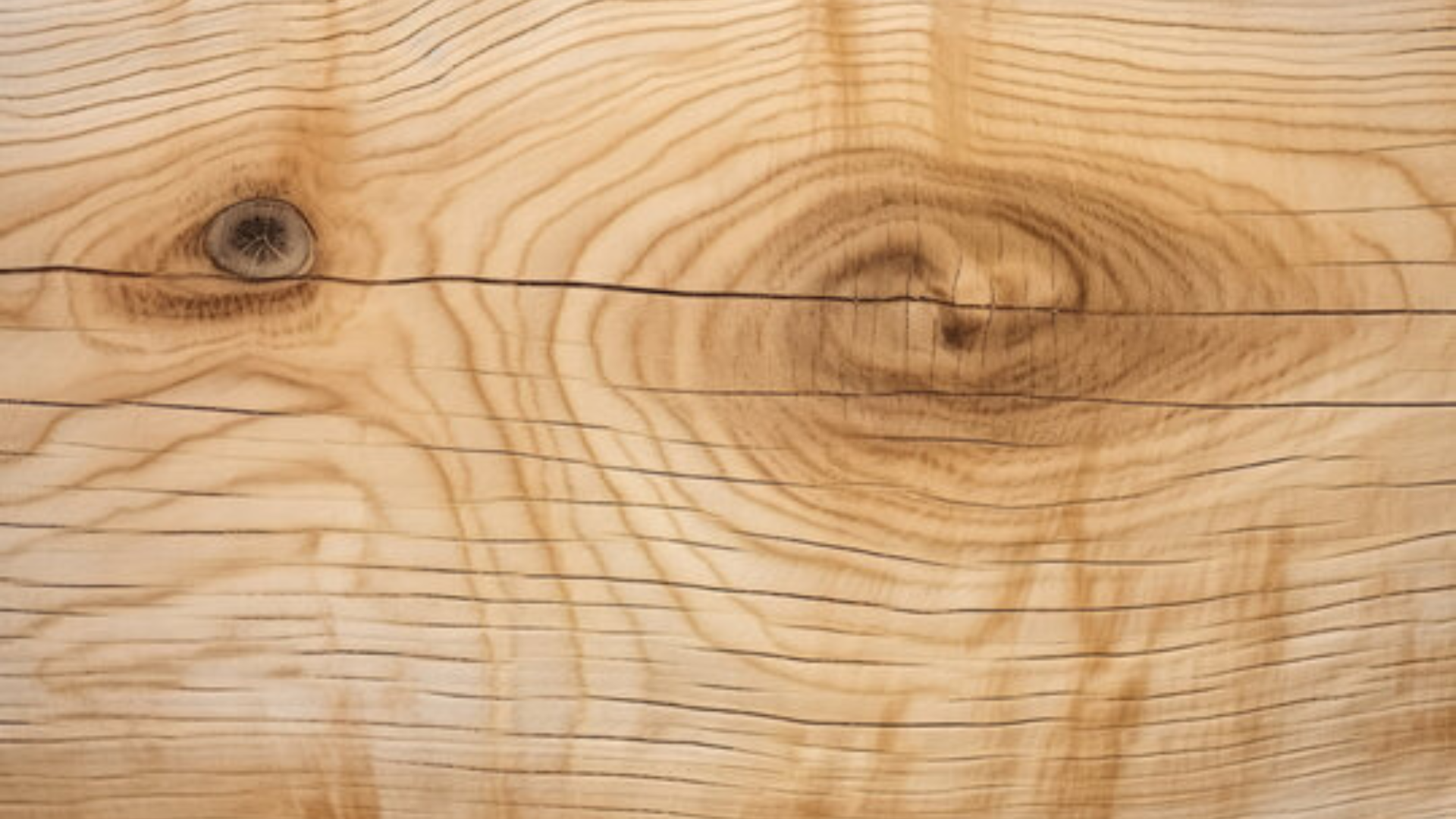
Poplar delivers hardwood durability at softwood prices. This light-colored wood with minimal grain pattern excels in painted applications where smooth finishes matter more than wood character.
Features of Poplar
- Light colored hardwood with minimal grain pattern
- Takes paint extremely well
- Relatively soft compared to other hardwoods
- Straight grain structure with few knots
| Pros | Cons | Approximate Budget |
|---|---|---|
|
Inexpensive for a hardwood |
Not ideal for a natural finish | $2-$4 per board foot |
|
Good paint adhesion |
Less decorative grain pattern | |
|
Easy to cut and work with |
Limited color variation | |
|
Moderate durability |
Can dent under heavy impact |
6. Birch
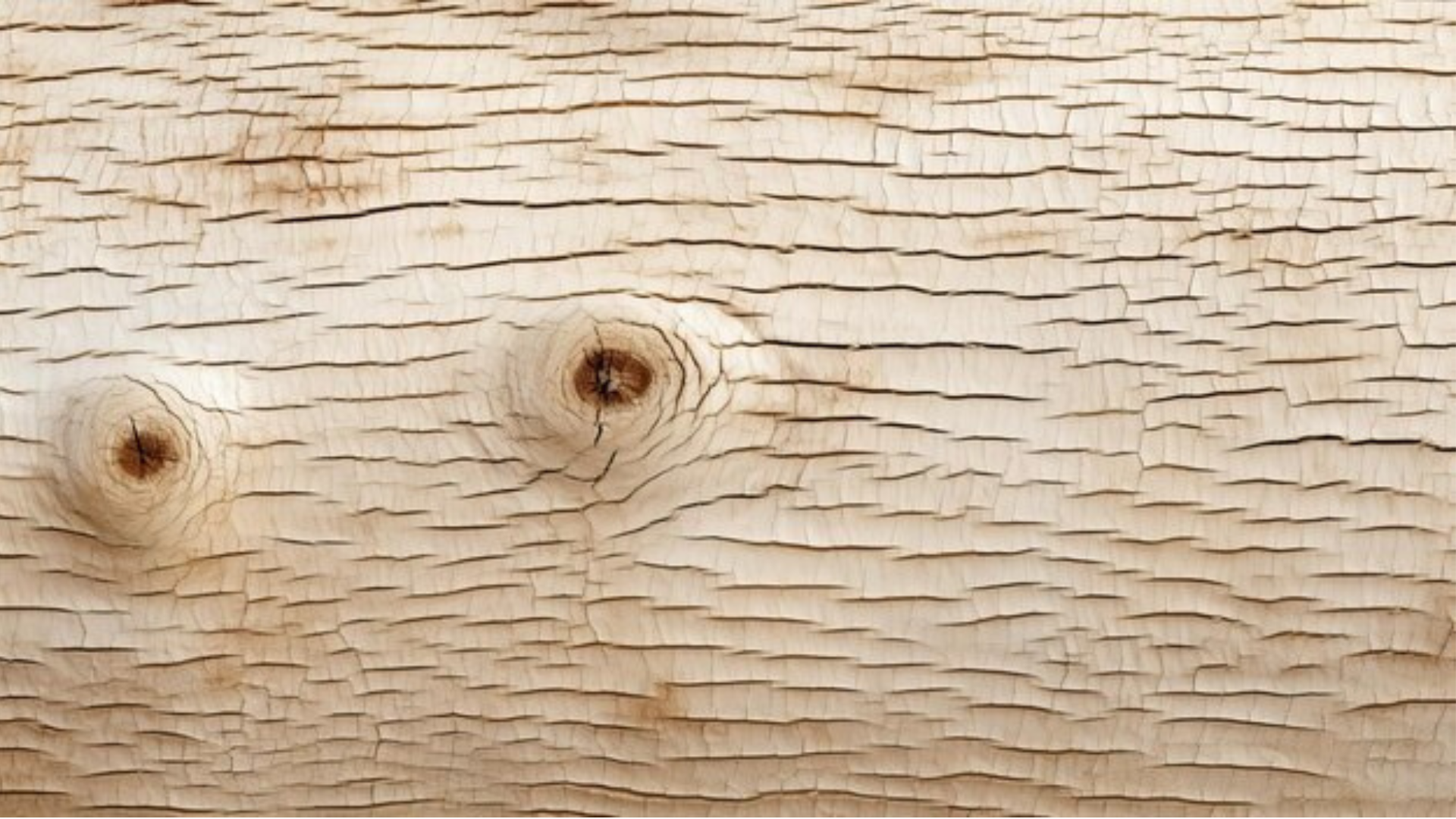
Birch balances cost and quality, making it popular for mid-range cabinets. Its tight grain pattern and light coloration create a clean, contemporary appearance suitable for various kitchen styles.
Features of Birch
- Fine, straight grain with light color
- Harder and more durable than pine
- Accepts stain consistently
- Popular for cabinet faces and doors
| Pros | Cons | Budget |
|---|---|---|
|
Good durability for the price |
Lower grades show color variation | $3-$5 per board foot |
|
Attractive natural appearance |
Can be difficult to stain evenly | |
|
Takes screws and fasteners well |
Prone to movement with humidity | |
|
Widely available |
Less character than oak or maple |
7. Hickory (Budget Grade)
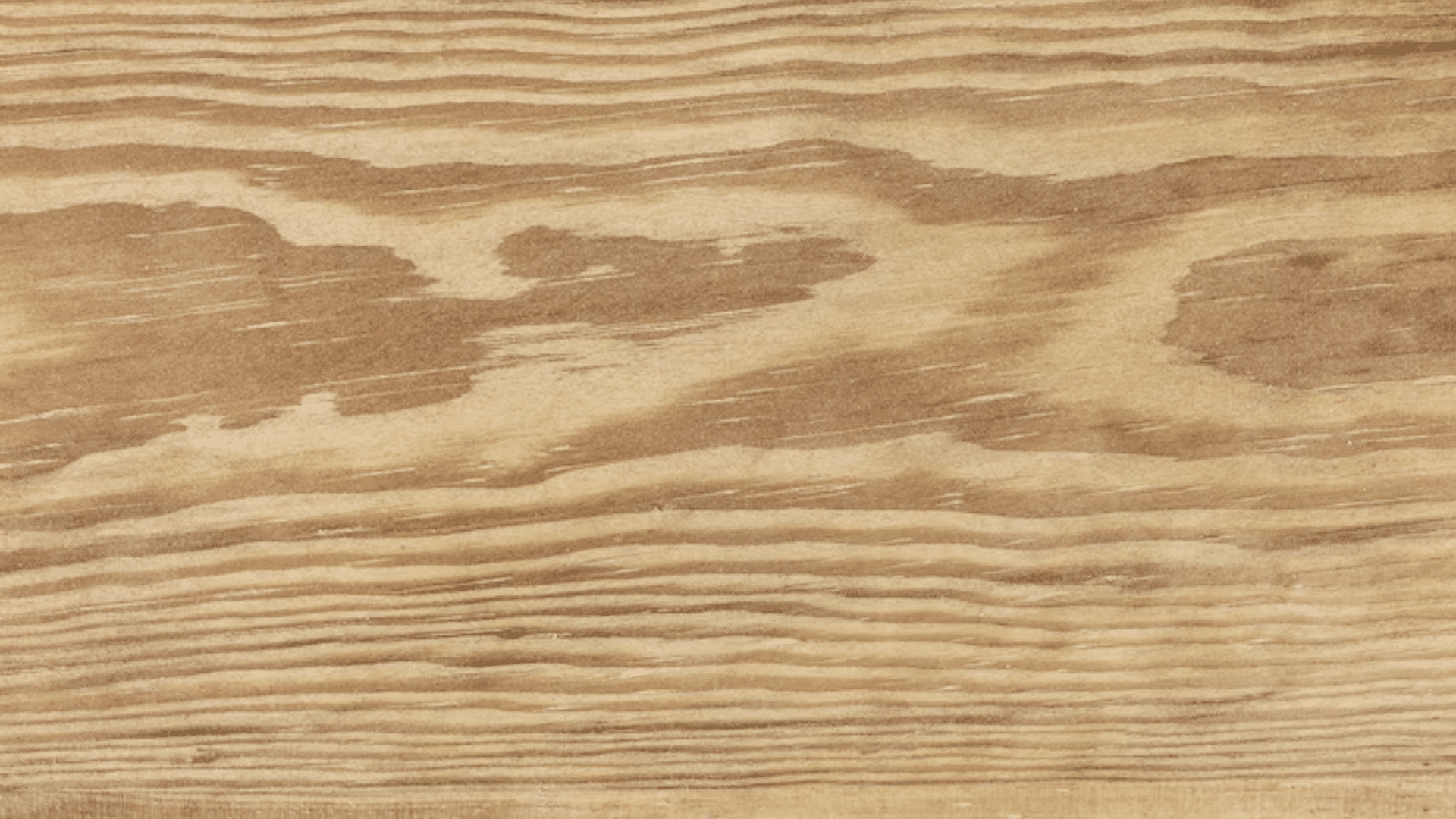
Budget-grade hickory provides outstanding durability with rustic charm. Often featuring significant color variation and natural character marks, it creates distinctive cabinets with excellent long-term performance.
Features of Budget Hickory
- Strong, dense hardwood with distinctive grain
- High variation in color and grain pattern
- Rustic appearance with natural character
- Lower grades are available at affordable prices
| Pros | Cons | Budget |
|---|---|---|
|
Extremely durable and hard |
Difficult to work with | $4-$7 per board foot |
|
Distinctive rustic appearance |
Color variation may be excessive | |
|
Resistant to wear and impact |
Can dull tools quickly | |
|
Long-lasting cabinet material |
May split when nailing |
Other Common Wood Types for Cabinets
While budget options provide excellent value, many homeowners opt for premium woods despite higher costs.
These materials offer superior durability, distinctive grain patterns, and luxurious appearances that increase the kitchen’s look.
Consider these premium options when budget constraints are less restrictive:
- Oak (Red and White): Dense hardwood with prominent grain patterns and excellent durability. Available in reddish or lighter tones with strong resistance to wear.
- Maple: Tight-grained hardwood with light, consistent coloration. Premium maple offers exceptional durability and takes finishes beautifully without blotching.
- Cherry: Prized for its rich reddish-brown color that deepens with age. Features subtle grain patterns and excellent workability despite premium pricing.
- Walnut: Chocolate-brown hardwood with straight grain and occasional figure patterns. Offers natural beauty that requires minimal staining.
- Mahogany: Reddish-brown exotic wood with straight grain and excellent stability. Premium choice known for dimensional stability and rich color.
- Alder: Medium-density hardwood with straight grain and knots. Often selected as a less expensive alternative to cherry with similar coloration.
How Can You Make Your Cheap Wood Last Longer
Budget-friendly woods require proper finishing and maintenance to maximize their lifespan and appearance.
Sealing these materials becomes particularly important as many economical options lack natural oils and resins that protect premium hardwoods.
Apply multiple coats of polyurethane or water-based sealant to create a durable protective barrier against moisture and wear.
For painted cabinets using MDF or poplar, high-quality primer ensures proper adhesion and prevents bleed-through.
Pine and other soft woods benefit from pre-conditioning before staining to prevent blotchiness. Regular maintenance involves gentle cleaning with mild soap solutions and avoiding harsh chemicals that damage finishes.
Address minor damage promptly by filling dents or scratches with wood putty and touching up finishes.
Limit exposure to direct sunlight and maintain stable humidity levels to prevent warping, especially with particleboard and MDF cabinetry.
Conclusion
Selecting affordable wood for cabinetry doesn’t mean sacrificing quality or style. Budget-conscious options like pine, MDF, plywood, and particleboard provide practical solutions for cost-effective kitchen renovations.
Remember that mixing wood types can optimize both budget and performance, such as using particleboard for cabinet boxes while selecting poplar for visible doors and frames.
With careful planning and appropriate maintenance, affordable wood cabinets can deliver years of satisfaction while keeping renovation costs manageable.
The right budget-friendly choice creates beautiful, functional cabinetry without spending too much.

